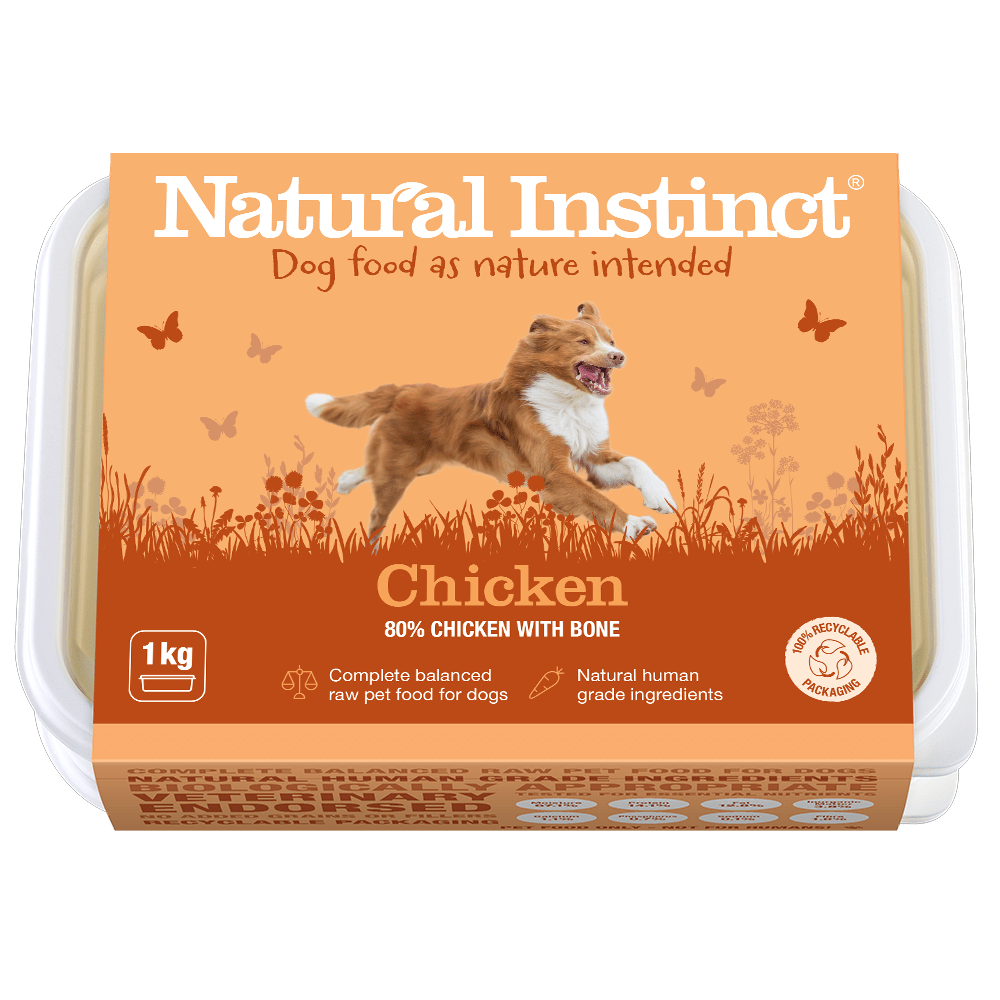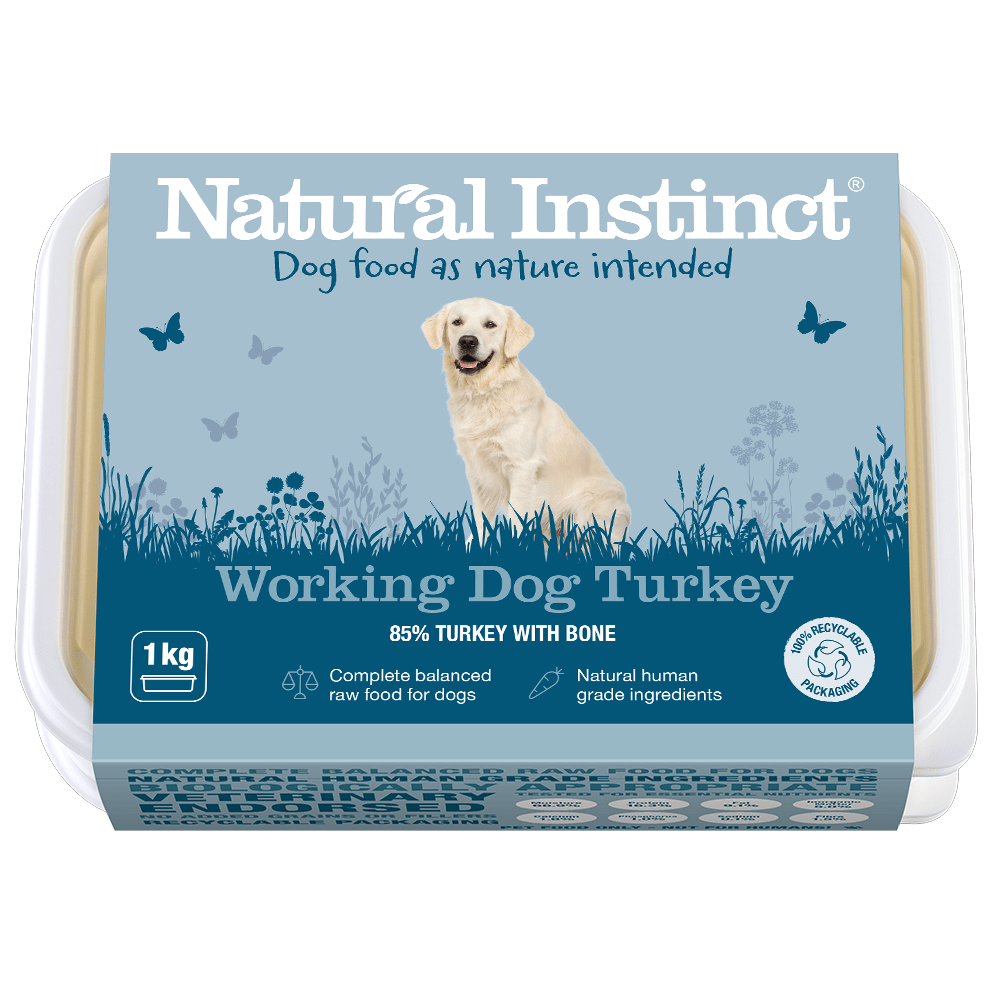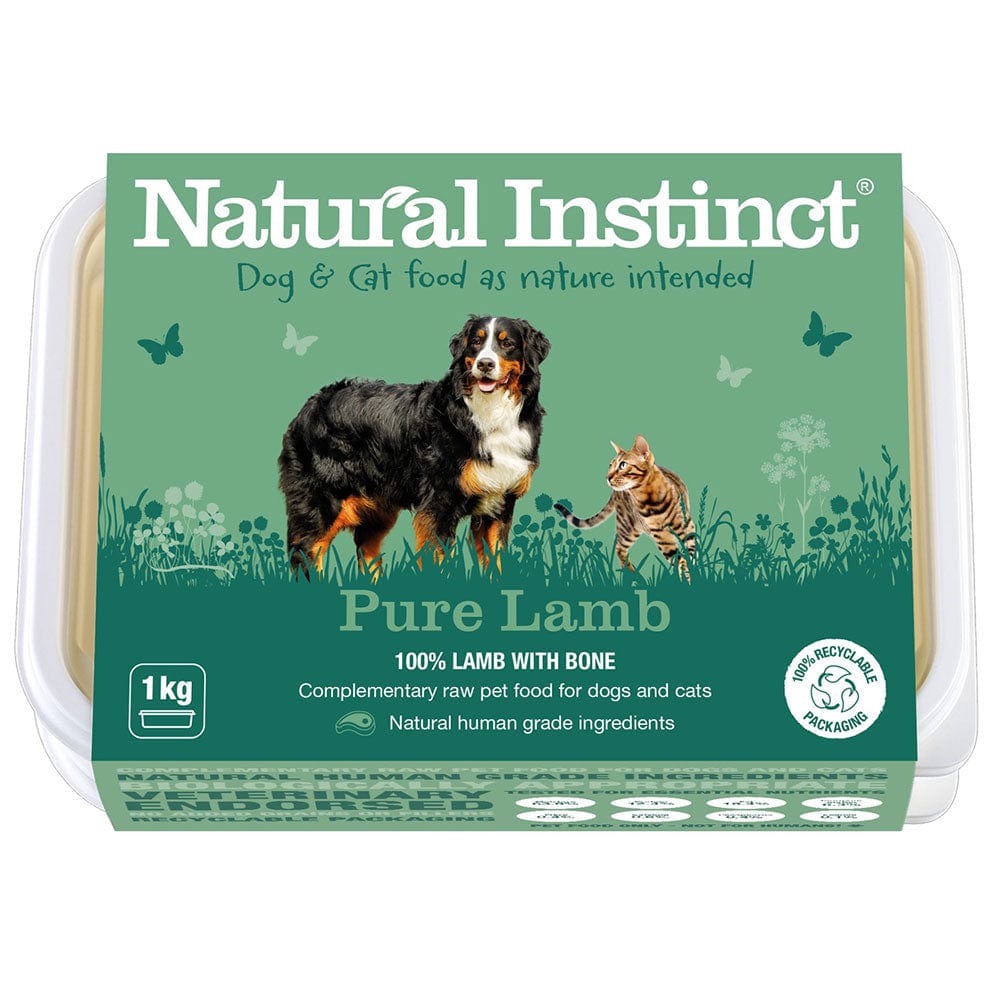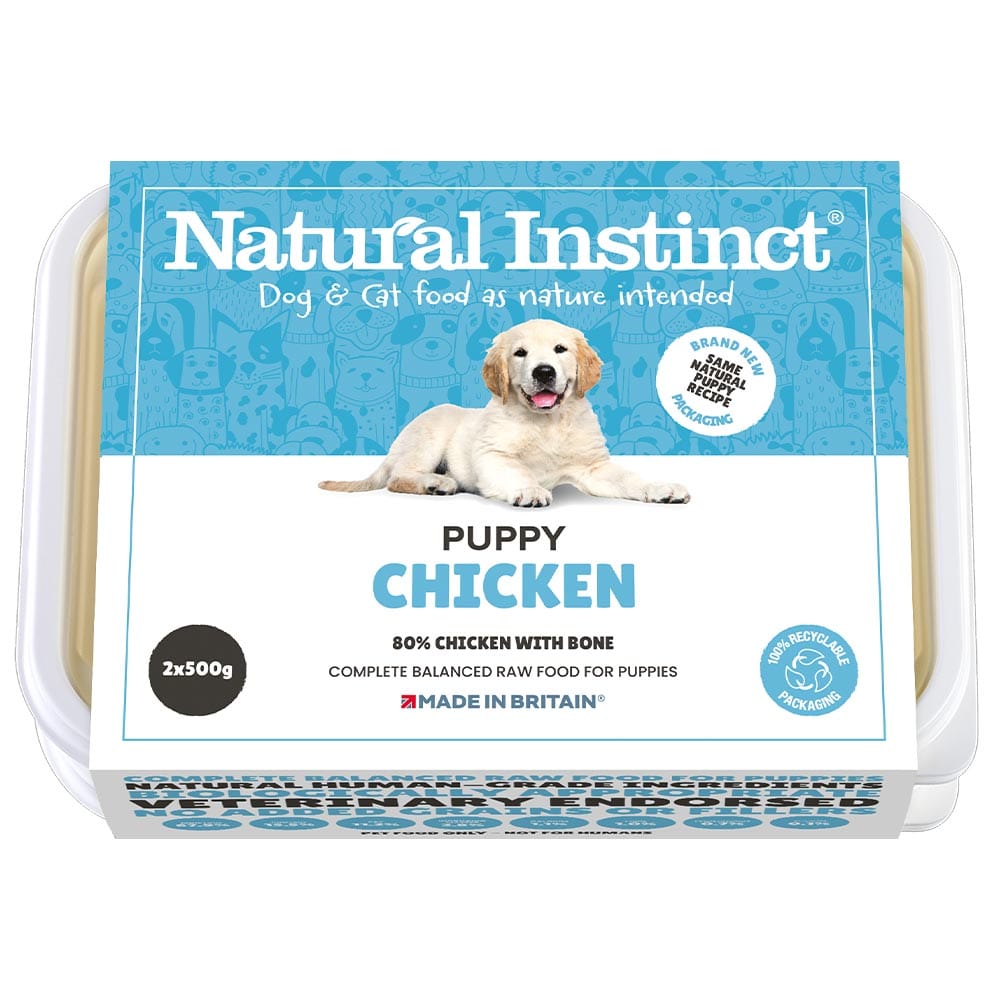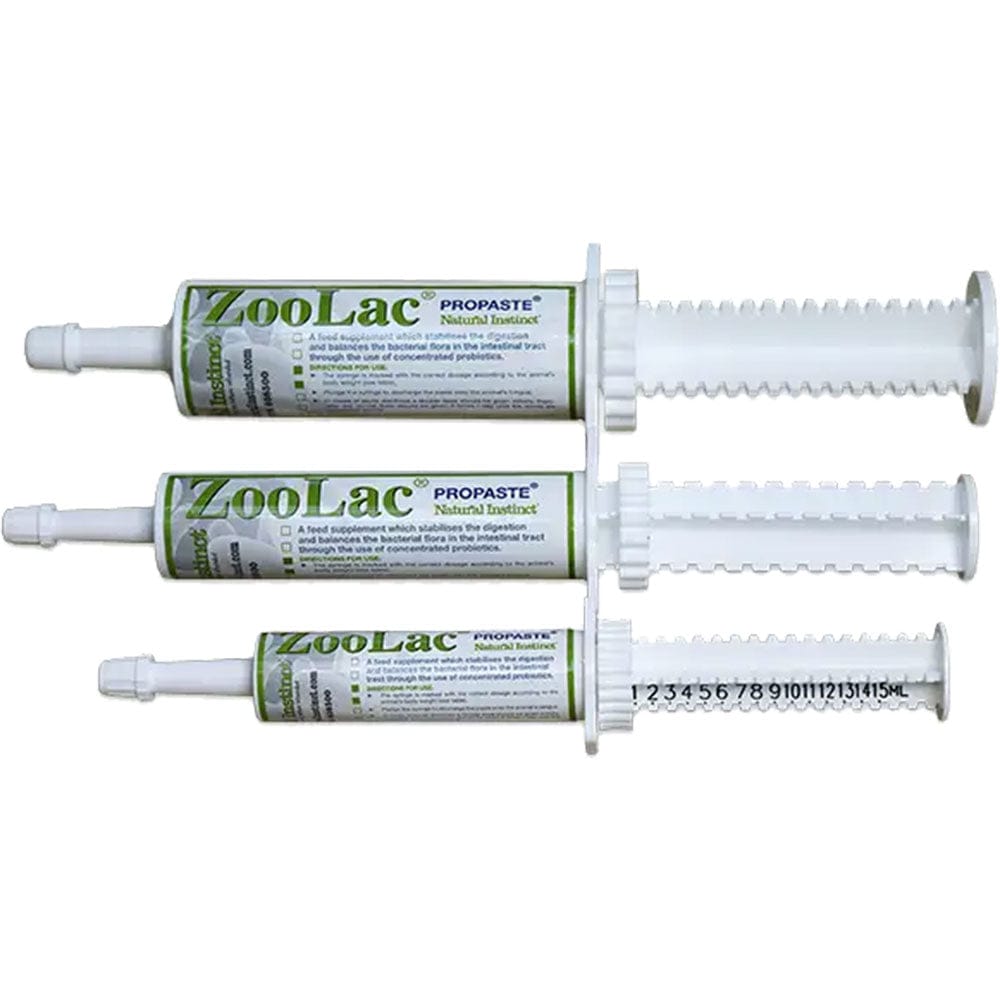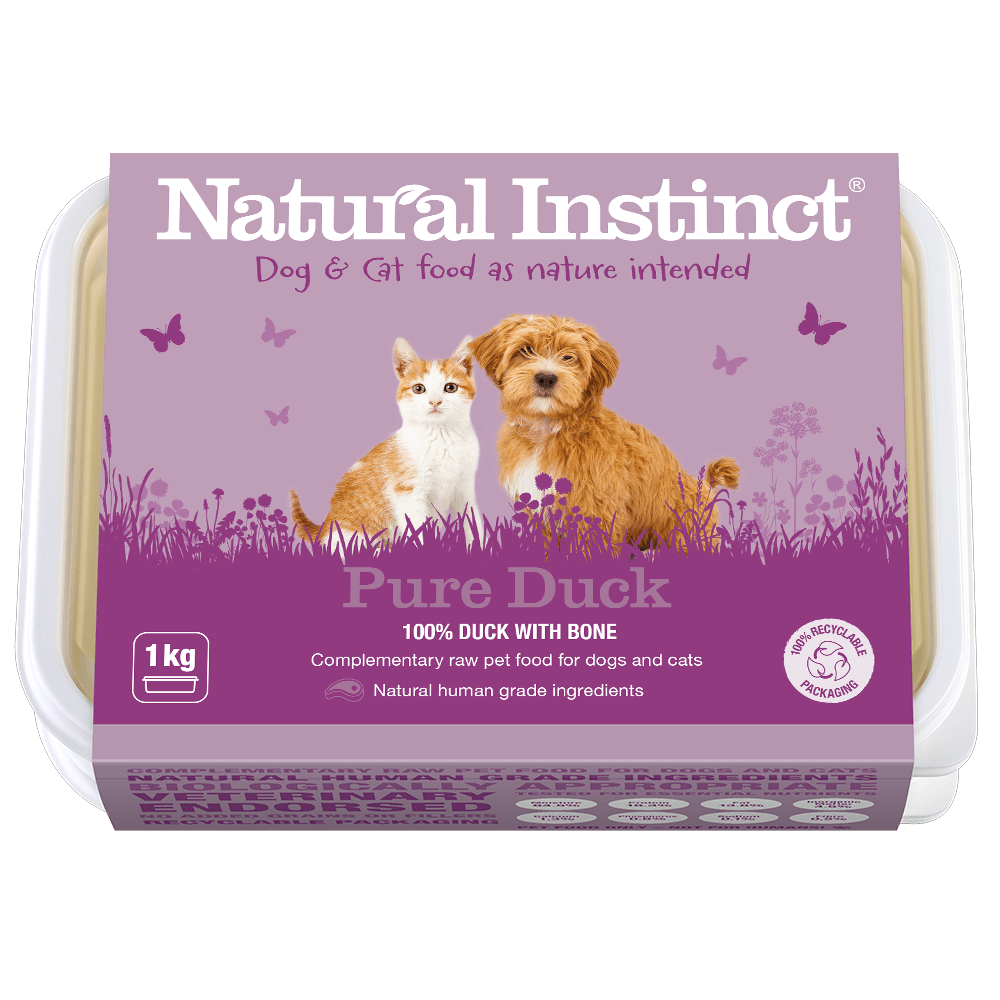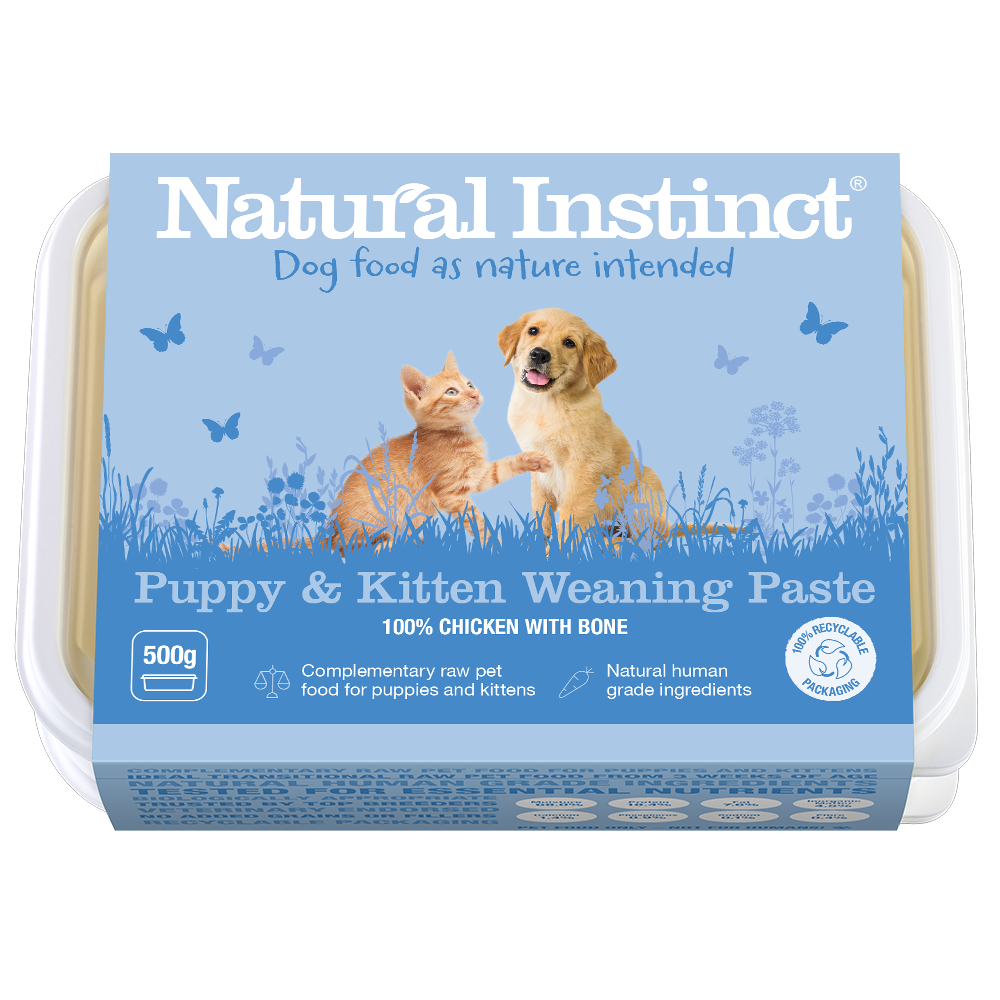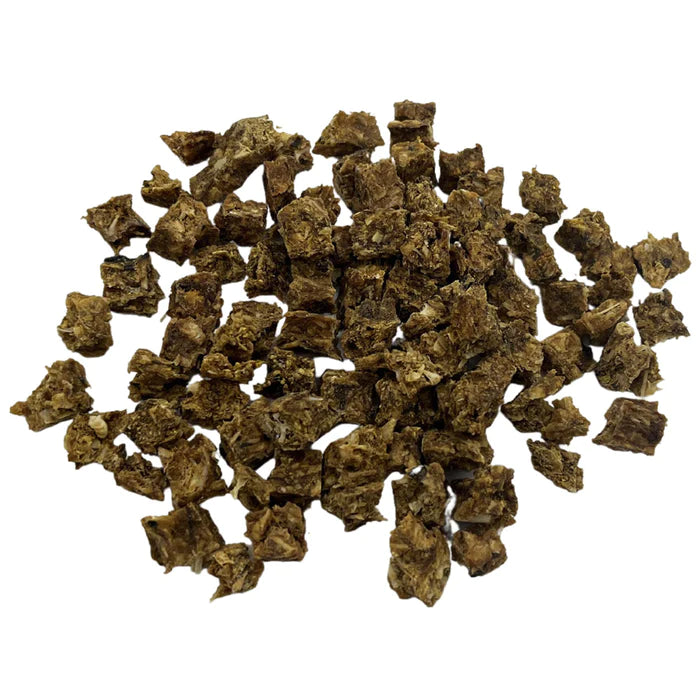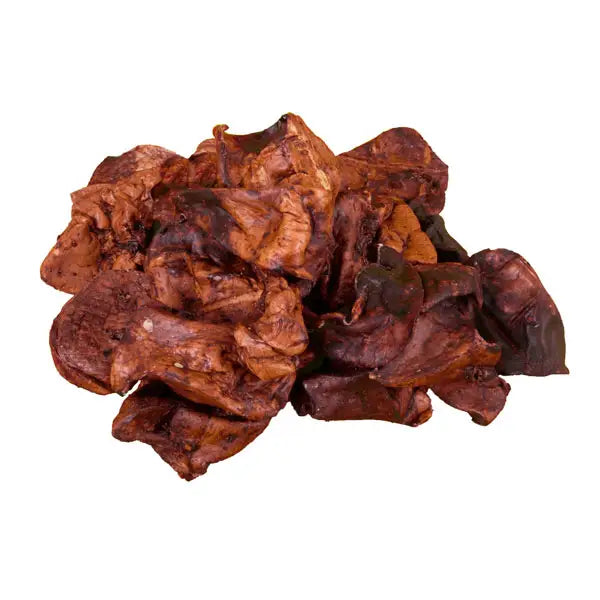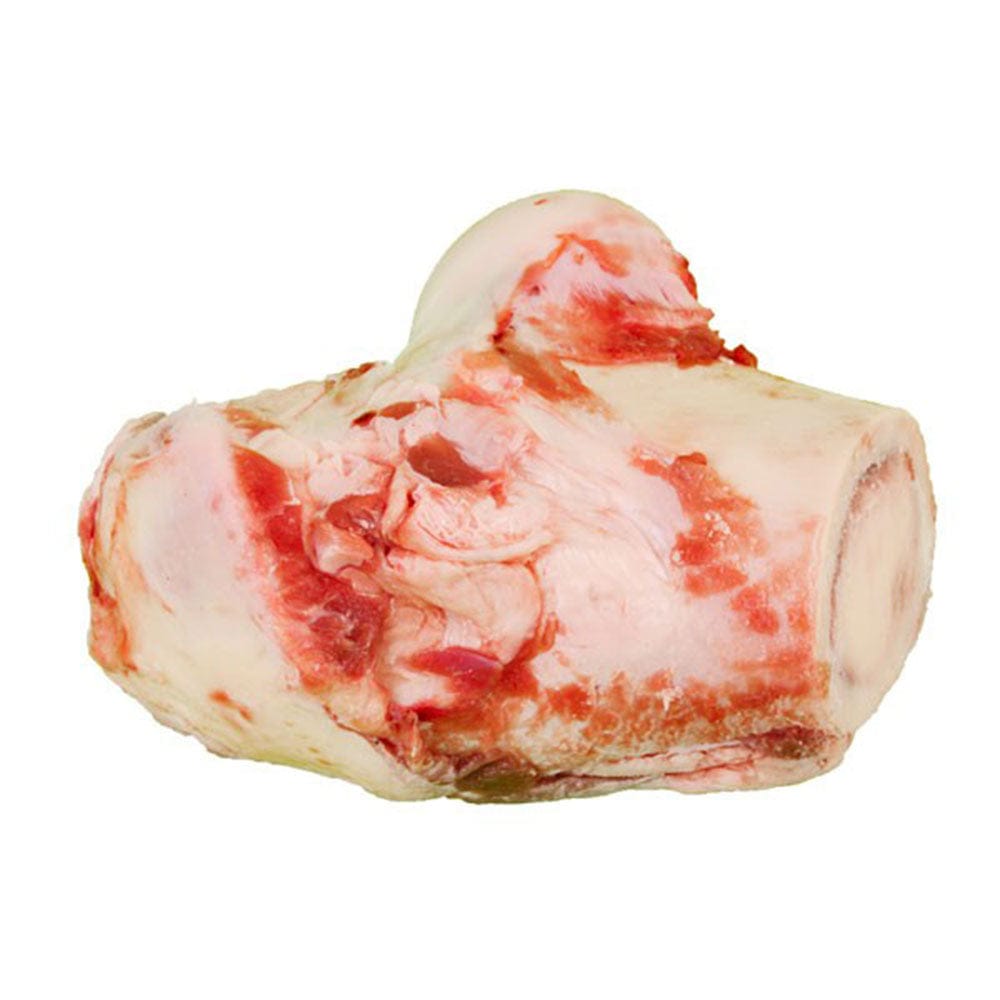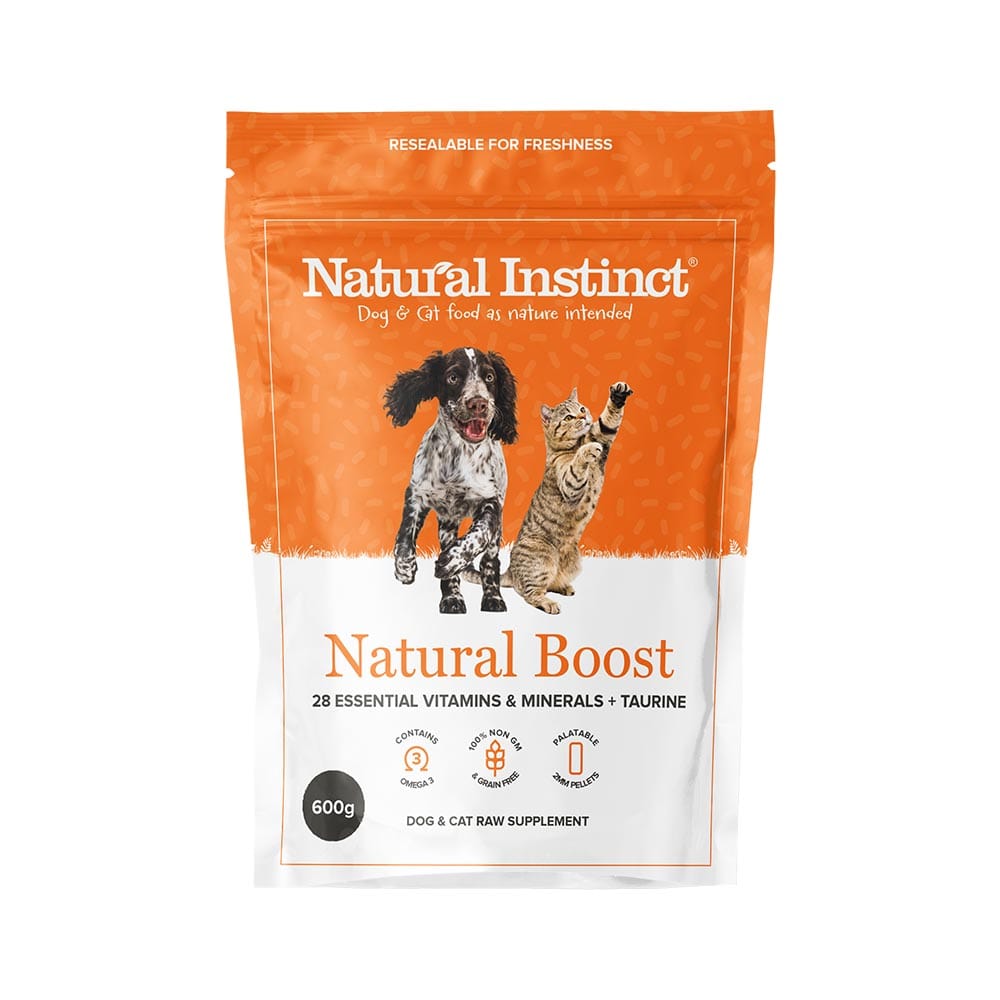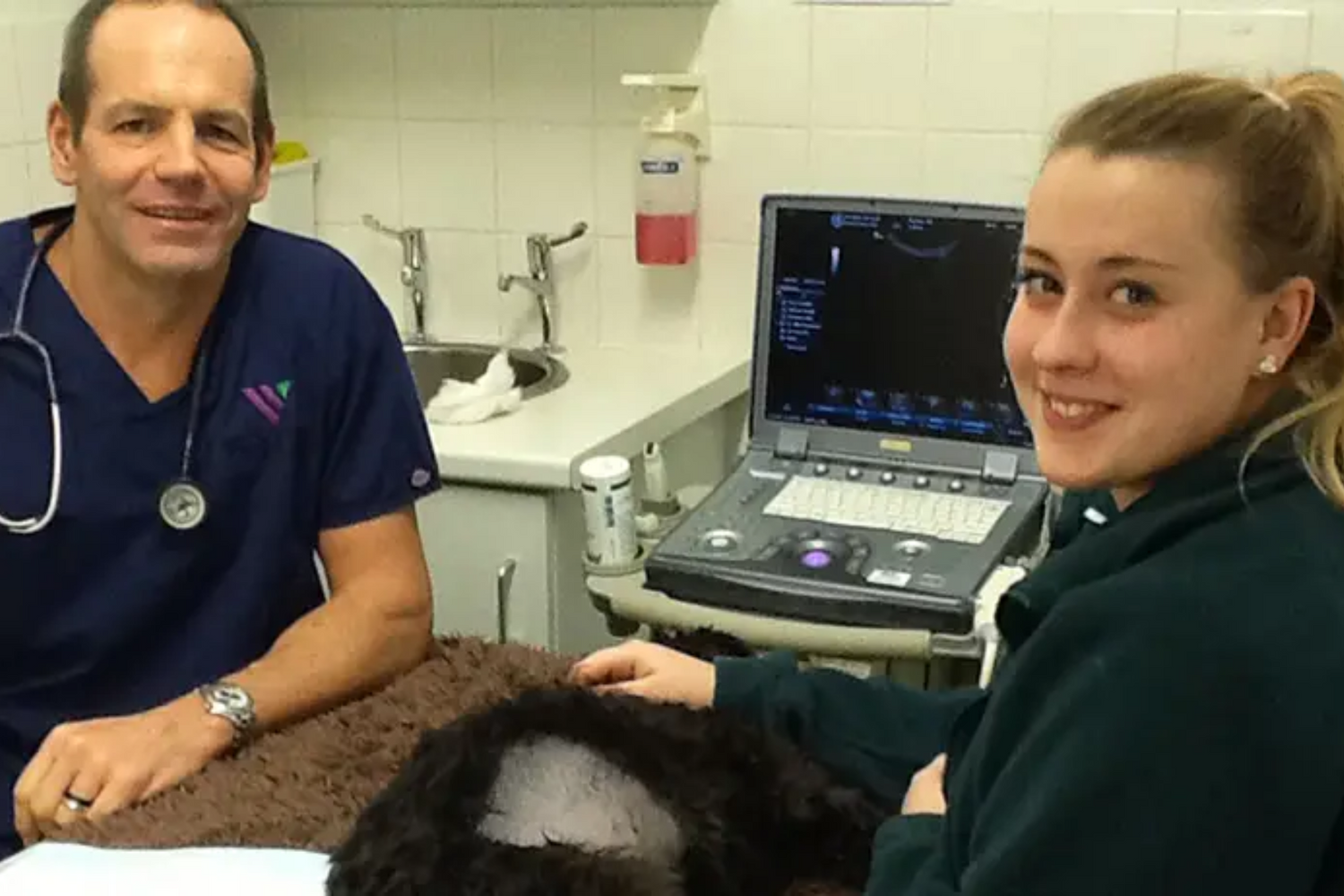“Feeding pets a species-appropriate diet supports a strong and balanced microbiome which increases the chance of a long, happy and healthy life.”- Richard Doyle
Cats and dogs are designed by nature to live on raw meat and bones and at Natural Instinct we believe a raw food diet is as close to nature as you can get.A raw food diet for your pet means feeding as nature intended, free from artificial additives, colours, preservatives, and fillers. That is exactly what we create for your pets – the most scrumptious, natural, complete frozen meals full of raw meat, bones, fruits, vegetables and natural supplements.
And it’s not just us, science is in favour of feeding our pets raw too. We chatted to qualified veterinarian and Director of the Wylie Veterinary Centre, Richard Doyle to find out more.
What is a microbe?
“An animal’s microbiome refers to the community of microbes that live in and on their bodies.
We all depend on a vast army of microbes to protect us against germs, break down food to release energy, and produce vitamins. Approximately 90% of an animal’s body is microbes and to put this into context, humans have about 10 trillion body cells and 90 trillion microbes!”
Why are microbes vital?
“Scientists tell us that the earth was originally made up of minerals and gasses. Very primitive life forms developed from these elements into a vast array of microscopic life forms or microbes. These microbes diversified and developed into all the life forms we see around us today.
So it is perhaps not surprising to discover that they are vital to the health and wellbeing of every living thing on the planet – both plants and animals! This is called the planet’s biomass, and it is estimated that half of the planet’s biomass is made up of microbes!”
How is diet linked to microbiomes?
“We are constantly discovering new things about the microbiome. What we do know is that an individual’s microbiome is established at birth. Once weaned from the breast, a healthy population of microbes develops further, based on the food that individual eats. If the individual is fed a diet appropriate to that species (i.e. grass to cows, fruit to monkeys, meat to dogs and cats) then a healthy microbiome is established early on and the chances of that individual living a healthy life is increased.
When the wrong diet is fed to that species, the microbiome becomes unbalanced, a condition known as ‘dysbiosis’ which lead to further complications and medical conditions. Dysbiosis can also be brought on by other factors too, such as stress and antibiotic treatment. For example, in dogs we know that a weeks’ course of antibiotics will unbalance their microbiome for up to 12 weeks after the course ends.”
So what is the appropriate diet for cats and dogs?
“In our practice, we use the term ‘Species-appropriate nutrition’. It is a bit of a mouthful, but it is self-explanatory! We mostly treat and care for dogs and cats so recommend food that they have evolved to eat over millions of years. In both cases, this is meat-based diets.
Cats are so called ‘obligate carnivores’ which means they have to eat meat (at least 90% of their diet should be meat). Whilst dogs are described as ‘opportunistic carnivores’ which means that their primary energy source is from meat and fat, but they can have more plant-based food than cats. In the natural state, meat makes up 70-80% of their natural diet.”
Our opinion, backed up by 10 years of clinical experience of recommending raw, meat-based food, is that feeding pets a species-appropriate diet supports a strong and balanced microbiome which increases the chance of a long, happy and healthy life.”
Thank you to Richard Doyle for his time.
We hope you found this blog post informative. If there are any specific topics you would like us to cover or explore further, please just let us know by emailing hello@naturalinstinct.com
